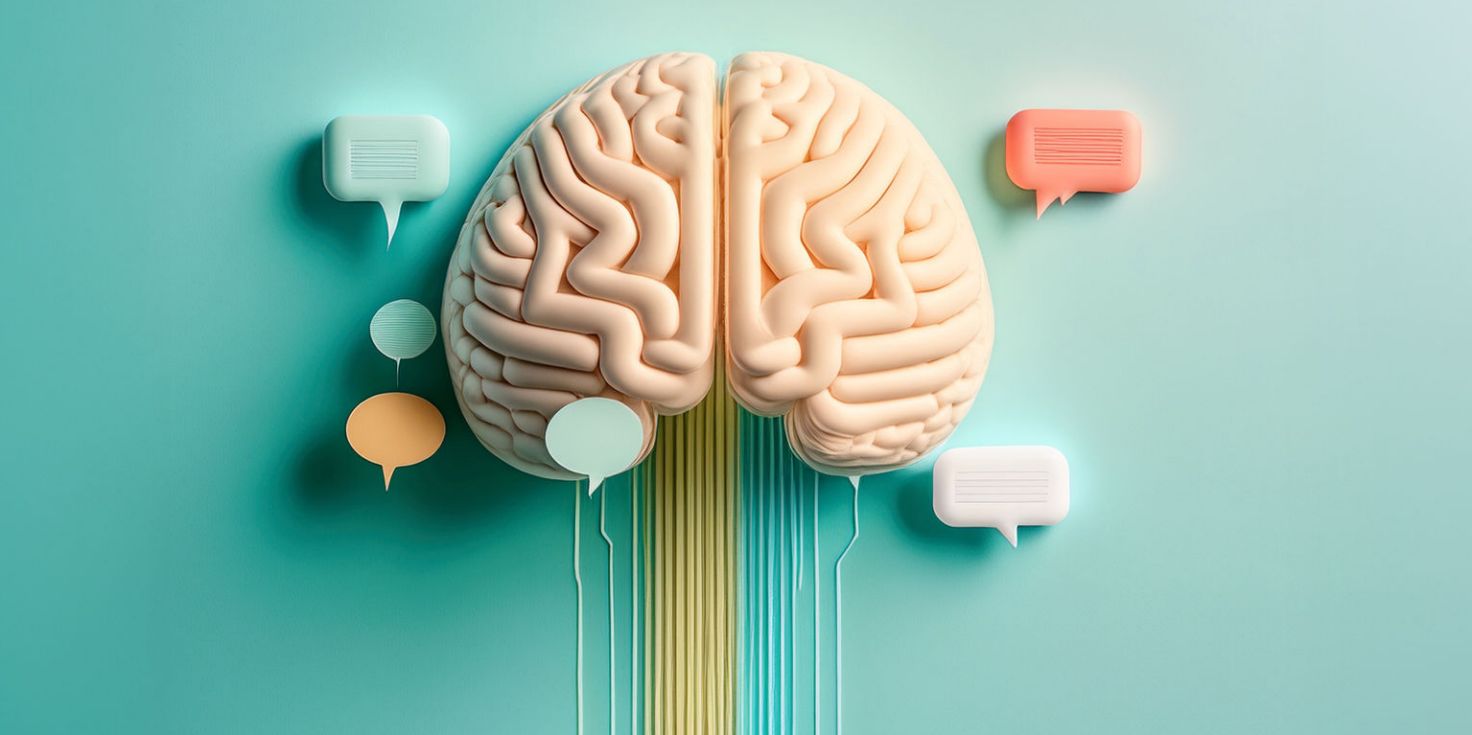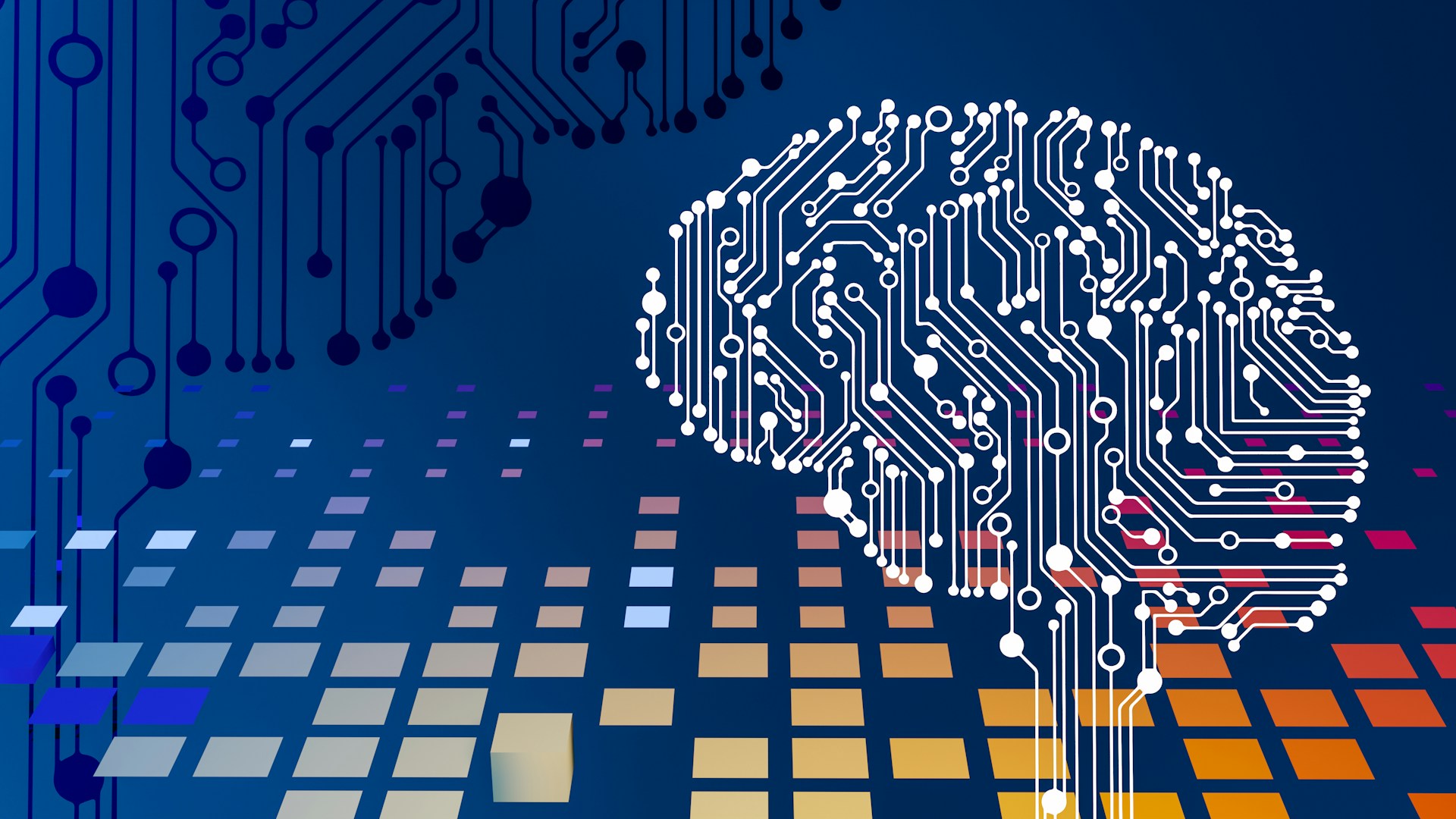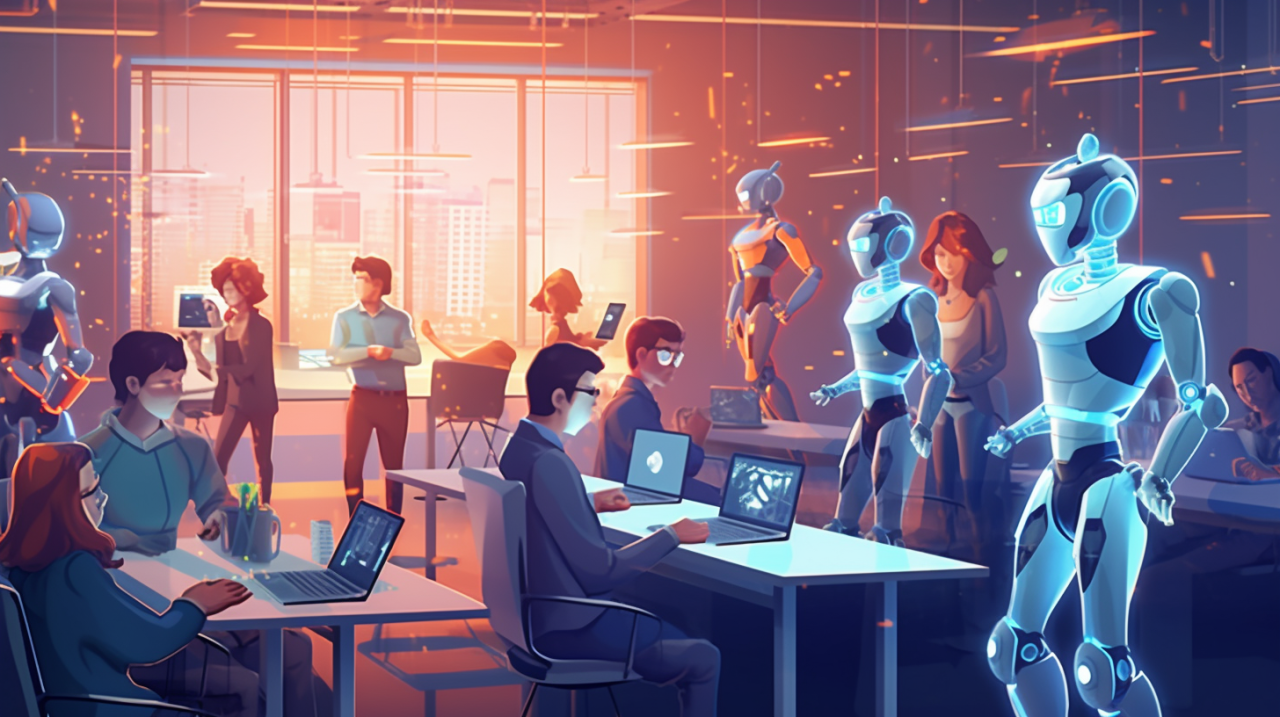Picture this: Your teenager finishes their homework in 20 minutes instead of 2 hours. Sounds great, right? But here’s the catch—they didn’t learn a thing. They just asked an AI to do it all.
Welcome to 2025, where 86% of students are using AI tools every single day. This isn’t coming—it’s already here. And as a parent, teacher, or student, you need to understand what’s happening right now.
What’s Actually Going On in Classrooms Today?
Let’s be clear: AI is everywhere in education now. Students aren’t just googling answers anymore. They’re having conversations with AI that writes essays, solves math problems, creates presentations, and even explains complex topics better than some textbooks.
The numbers are shocking:
- 66% of students use ChatGPT regularly
- 84% of high school students use AI for assignments
- 90% of college students have tried AI tools
- Most students use it daily or weekly
But here’s what matters: they’re not all cheating. Many students genuinely use AI to learn faster and understand better.
The Good News: How AI Actually Helps Students Learn
1. Personal Tutor, Anytime, Anywhere
Remember when you needed help with homework at 11 PM and your parents were asleep? AI solves that. It’s like having a patient tutor available 24/7 who never gets tired of explaining things.
Real benefits students experience:
- Get instant answers to confusing questions
- See step-by-step solutions (not just answers)
- Learn at their own speed—no rushing or falling behind
- Practice without judgment or embarrassment
Research shows this kind of personalized learning can boost performance by 30%.
2. Instant Feedback = Faster Learning
Instead of waiting days for graded homework, AI gives feedback immediately. Students can fix mistakes right away while the lesson is fresh.
Think of it like a video game—you fail, you learn why, and you try again instantly. That’s how AI teaches, and it works. Learning speed improves by 35% with instant feedback.
3. Tools That Make School Easier
Here are the AI tools students actually use and love:
For Writing:
- ChatGPT – Brainstorms ideas, explains topics, answers questions (66% of students use it)
- Grammarly – Fixes grammar, improves clarity, checks tone (used by 25% of students)
- QuillBot – Rewrites sentences, summarizes articles, creates citations
For Learning:
- Khan Academy – Free personalized tutoring in math, science, and more
- Duolingo – Makes language learning fun and adaptive
- NotebookLM – Turns your notes into flashcards, quizzes, and study guides automatically
For Projects:
- Canva AI – Creates professional presentations without design skills
- Otter.ai – Records and transcribes lectures so you never miss anything
4. Helps Kids Who Struggle
AI breaks down barriers for students with learning difficulties. Text-to-speech helps students with dyslexia. Real-time translation helps non-English speakers. Speech recognition helps students who can’t type easily.
Over 1 billion people with disabilities benefit from AI learning tools.
The Bad News: Real Dangers Parents Must Know
1. The Critical Thinking Problem
Here’s the scary part: 87% of school principals worry AI is preventing kids from learning to think.
Why? Because getting instant answers is easy. Struggling with hard problems is how brains actually grow. When AI does the thinking, students never develop problem-solving skills.
Early research shows a disturbing pattern: Students who use AI tutors score higher on tests immediately after class. But 2-3 weeks later, they score LOWER than students who didn’t use AI. They felt like they understood, but they didn’t really learn.
2. Cheating Is Now Invisible
100% of principals say they’re worried about AI cheating. Only 42% of students think it’s a problem.
Students can now:
- Get entire essays written in seconds
- Solve complex homework without understanding anything
- Pass tests they shouldn’t pass
- Make it look like their own work
The worst part? AI detection tools don’t work well and often falsely accuse honest students—especially those who speak English as a second language.
3. Losing Human Connection
Education isn’t just about information. It’s about mentors, encouragement, and learning to be human. But when AI becomes the teacher, something precious is lost.
Only 22% of students feel their teachers understand their lives—an all-time low. As AI takes over more teaching, that number will likely drop further.
AI can’t:
- Notice when a student is struggling emotionally
- Provide real encouragement and belief
- Teach empathy, teamwork, and communication
- Model what it means to be a good person
4. Privacy Nightmare
AI learns about your child by collecting data—what they’re good at, what they struggle with, how they think, how fast they learn.
Where does that data go? Who sees it? How long is it kept? Most parents and students have no idea.
5. Rich Kids Get Smarter, Poor Kids Fall Behind
Not all schools can afford AI tools. Not all families have good internet and devices. 43% of schools face barriers to using AI.
Result? Wealthy students get cutting-edge AI tutors. Poor students fall further behind. The gap widens.
Top AI Tools Students Use (Simplified)
| Tool | What It Does | Cost | Best For |
|---|---|---|---|
| ChatGPT | Answers questions, writes, explains concepts | Free & Paid | General homework help, brainstorming |
| Grammarly | Fixes grammar, improves writing | Free & $12/month | Making writing better |
| Khan Academy | Personalized tutoring in all subjects | Free | Learning math, science, history |
| Duolingo | Language learning with AI | Free & Paid | Learning new languages |
| NotebookLM | Creates study guides from your notes | Free | Exam preparation, studying |
| Canva AI | Makes presentations and designs | Free for students | School projects, presentations |
| QuillBot | Rewrites text, summarizes, citations | Free & $8/month | Research papers, citations |
What Should You Actually Do?
For Students:
✅ Use AI to LEARN, not to cheat yourself
- Try solving problems first, THEN check with AI
- Ask AI to explain, not just give answers
- Use AI to practice more, not to avoid work
✅ Always verify what AI tells you
- AI makes mistakes and gives wrong information
- Check important facts from real sources
- Don’t trust AI blindly
✅ Don’t let AI replace real connections
- Still talk to teachers and ask questions
- Work with classmates, not just AI
- Build human skills AI can’t replace
For Parents and Teachers:
✅ Don’t ban it—teach how to use it right
- AI is here to stay; students need to learn responsible use
- Have clear rules about when AI is OK and when it’s not
- Talk openly about both benefits and dangers
✅ Focus on understanding, not just grades
- Ask kids to explain their thinking
- Value the learning process, not just the final answer
- Check if they actually understood or just copied
✅ Stay informed
- Learn what AI tools exist
- Understand what they can do
- Know the signs when kids might be misusing them
The Bottom Line
AI in education is like a power tool. Used properly, it helps you build something amazing faster. Used carelessly, it can hurt you.
The reality: 86% of students already use AI. It’s not going away. Banning it won’t work.
The solution: Teach students to use AI as a learning partner, not a shortcut. Focus on developing skills AI can’t replace—creativity, critical thinking, emotional intelligence, and human connection.
The choice: Will AI make your child smarter or just faster at not learning? That depends entirely on how it’s used.
Parents and teachers must guide students NOW, while AI is still new. Once bad habits form, they’re hard to break.
The future belongs to people who can work WITH AI while staying smarter than it. Let’s make sure our kids are in that group.
Remember: The goal of school isn’t to finish homework quickly. It’s to build a brain that can think, solve problems, and understand the world. Don’t let AI steal that from our kids.




